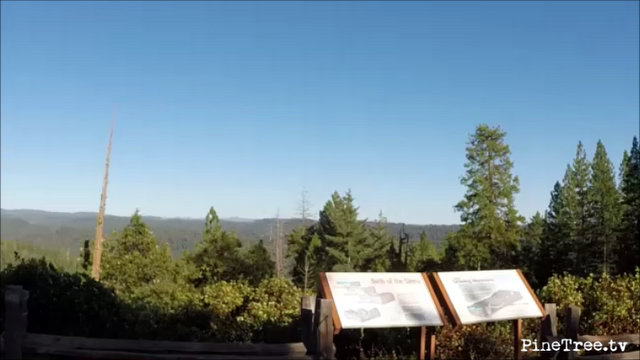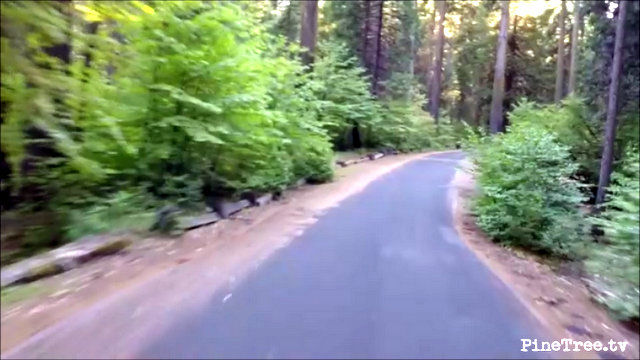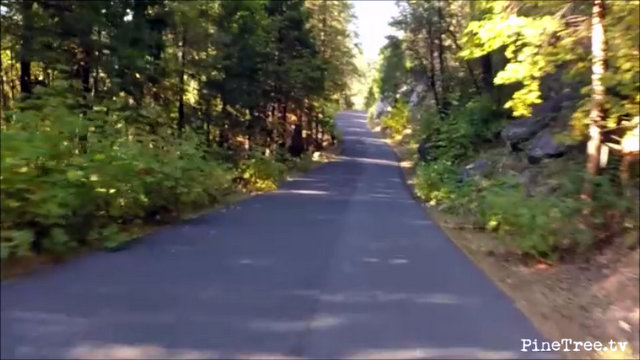Arnold, CA…Take a drive with us to Big Trees State Park’s South Grove. This Hidden Gem is actually in Tuolumne County over eight miles south of the North Grove and is a wonderful secluded beautiful spot. It makes not only a great place for a Sunday drive but also a great cycling route for those who want to get some beautiful cycling on low-traffic roads in a beautiful environment come take a Sunday drive with us.




A bit more about Big Trees State Park from their website…
“A Brief History of Calaveras Big Trees State Park
Calaveras became a State Park in 1931 to preserve the North Grove of giant sequoias. This grove includes the “Discovery Tree”, also known as the “Big Stump”, the first Sierra redwood noted by Augustus T. Dowd in 1852. This area has been a major tourist attraction ever since, and is considered the longest continuously operated tourist facility in California.
Over the years, other parcels of mixed conifer forests have been added to the park. This amazing park has a huge variety of habitats and recreational opportunities to explore.
Calaveras Big Trees Visitor CenterVisitor Center Hours- 10AM-4PM
Come see our beautiful Visitor Center at Calaveras Big Trees. The Visitor Center houses our park gift shop! The Visitor Center also has a wonderful museum where you can really see wildlife in the park come to life. A theater plays two short videos on loop that are educational and enjoyable for all ages. If you are looking for a place to rest after your hike, there is a great lounge area as well. Come by and say hello when you visit Calaveras Big Trees State Park.
In addition to the popular North Grove, the Park features the South Grove, a five mile hiking trip through a spectacular grove of giant sequoias in their natural setting.
Other attractions in the Park include the Stanislaus River, Beaver Creek, the Lava Bluff Trail and Bradley Trail.
The Park also houses two main campgrounds with a total of 129 campsites, six picnic areas and several miles of established trails.
During the Summer enjoy evening ranger talks, numerous interpretive programs, environmental educational programs, junior ranger programs, hiking, mountain biking, bird watching and activities for school children.”


